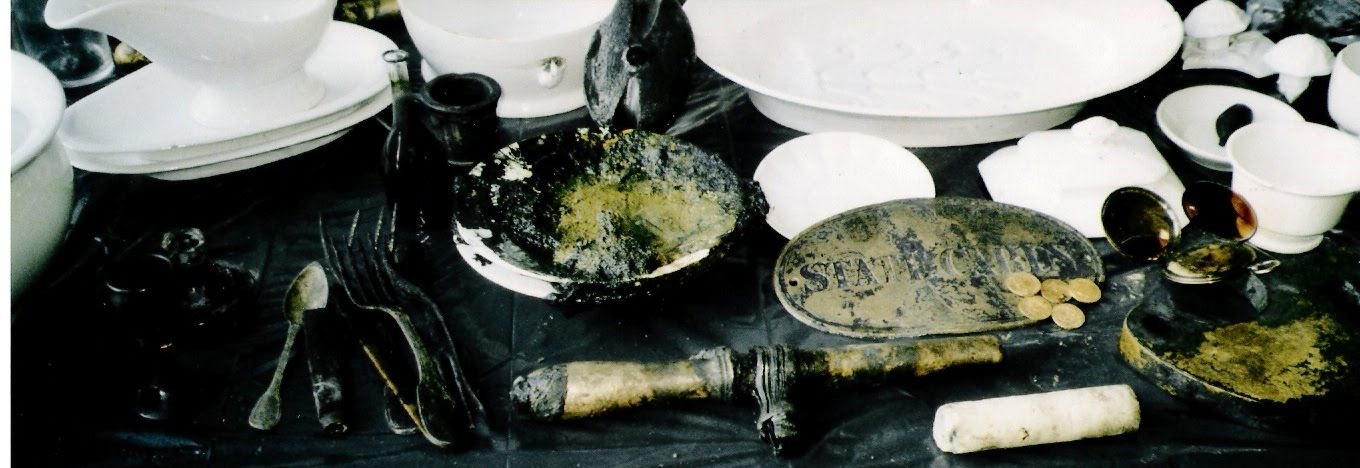Milton Osborne -
Unlike the Three Gorges dam on the Yangtze, dams on the Mekong River seldom attract Australian attention. Yet a planned dam at Xayaburi on the Mekong in Laos has become central to a debate about the river's future, while the dams China has already built on its section of the river are a subject of long-standing controversy.
Matters have not yet reached the point captured in Mark Twain's quip that "whiskey is for drinking, water is for fighting over," but disagreements among the six countries through which the Mekong flows - China, Burma, Laos, Thailand, Cambodia and Vietnam - have become sharp and could become sharper.
With the exception of Burma, each state has its own view of how the Mekong can be exploited.Since the 1980s, China has brought four hydro-electric dams on its section of the Mekong into commission, is currently building another and has plans to construct at least three more by 2030. One of the operational dams at Xiaowan is the second-biggest constructed in China and it, with the other completed dams, will soon be able to alter the flow of the Mekong, reducing floods downstream in the wet seasons and preventing the river from falling too sharply in the dry.These seem desirable developments, but this is misleading. Floods play a positive role, particularly in spreading sediment over the downstream agricultural areas, most notably in Vietnam's Mekong Delta. Altering the Mekong's flow will negatively affect fish catches since fish spawning is linked to existing pattern of flood and retreat.
Though it may be some years before the full effects of China's dams are apparent, there is no doubt many will be negative. But dams below China would, if built, have an almost immediate and dangerous effect in a region that is home to 60 million people in the Lower Mekong Basin.Posted via http://batavia08.posterous.com batavia08's posterous
.jpg)
No comments:
Post a Comment